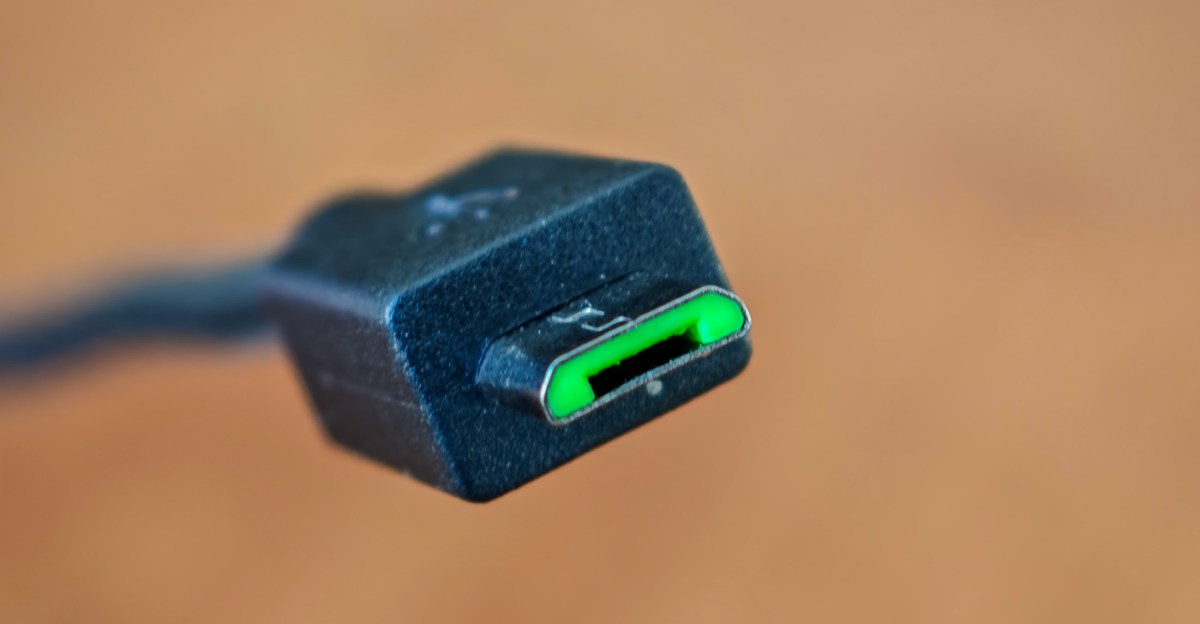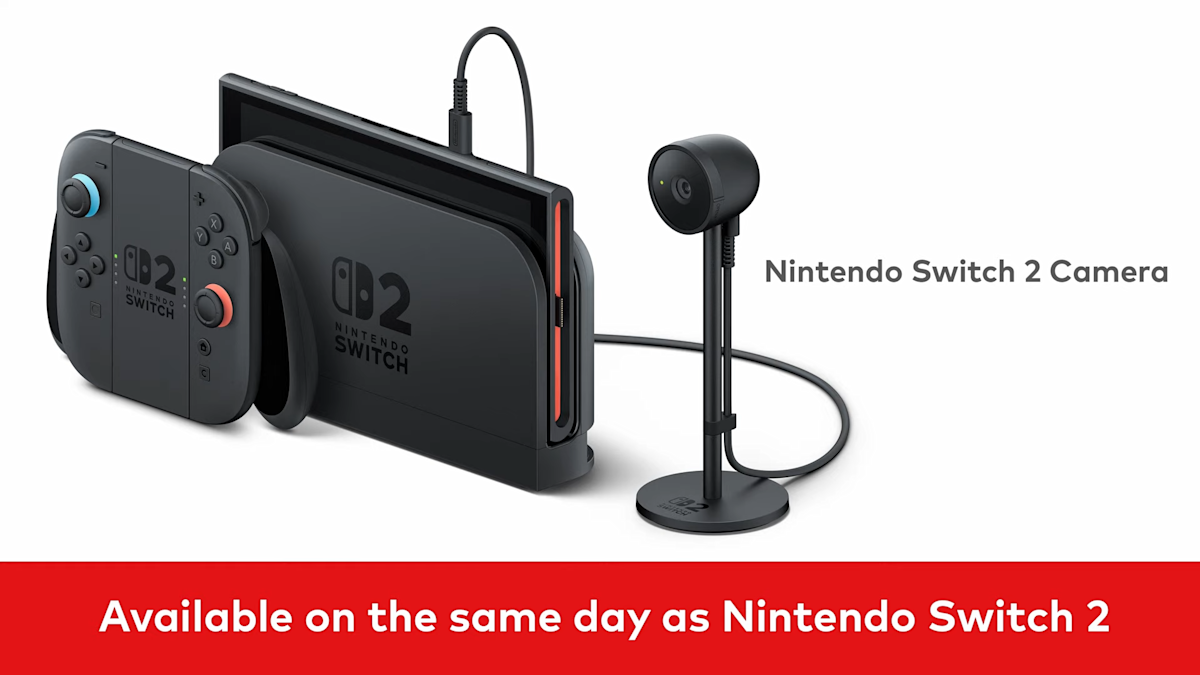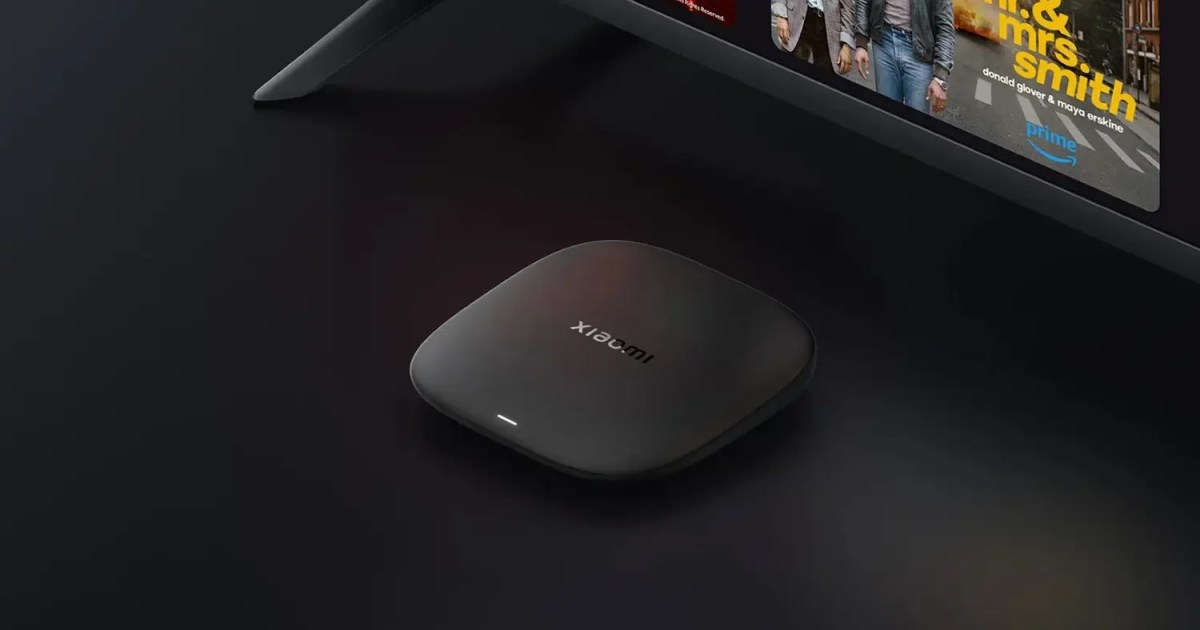
The Micro USB connector is the nightmare of my life.
This must stop.
Last year, my best friend gifted me an HP Sprocket photo printer, claiming it would take my journaling hobby to a new level. After a brief demonstration and watching numerous TikToks about journaling, I was excited. But once I took it out of the box, I was faced with yet another Micro USB port. Just when I had managed to get rid of all my Micro USB cables except for one emergency cable.
USB-C was introduced in 2014 with the idea of being a universal connector to facilitate fast data and power transfer, thereby eliminating the need for proprietary chargers. The first HP Sprocket model arrived in 2016, at a time when USB-C was just beginning to be adopted by high-end laptops and Android smartphones. However, by the time the second version of Sprocket launched in 2018, the standard was already becoming common.
The issue is not exclusive to this photo printer. Recently, I acquired a cat nail clipper that unfortunately uses Micro USB. I also reviewed a portable stress relief device in 2023 that relied on this same connector. On social media, you can find complaints about a wide variety of newly purchased gadgets that still have this outdated connection: kitchen appliances, the latest Amazon Fire TV Stick 4K, virtually all Roku devices, and Garmin bike lights. Additionally, many product listings do not specify what type of USB cable is included with the device. For instance, the charging ports and cables for the Roku Streaming Stick 4K are simply described as "USB," which can lead to confusion.
Despite it being a decade since the launch of USB-C, we are still dealing with the old connector. According to Jeff Ravencraft, president and COO of the USB Implementers Forum, there are many factors at play, such as costs, supply chains, and inventory in stores. This forum is a nonprofit organization that promotes and maintains USB standards, with members including HP, Apple, Intel, and Microsoft.
The update cycle of some devices is one of the reasons you might purchase a product in 2025 and still find a Micro USB connector. In the case of airplanes, Ravencraft mentions that the forum has worked with Panasonic Avionics to include USB-C in airplane seats, a process that could take years due to the cost of updating an entire fleet. A similar problem occurs with cars, which typically have update cycles of five to ten years.
Additionally, inventory can also play a role. HP may still have large quantities of the second-generation Sprocket model in stock. “Until those channels clear out, we won’t start seeing changes,” explains Ravencraft. While cost is not a significant barrier, for some companies, particularly in Asia, being more affordable than competitors is crucial. However, the price difference between a microUSB connector and a USB-C one is not significant enough to justify continuing to produce the former.
Fortunately, there is encouraging news. The European Union began enforcing a regulation last December that requires “all new devices sold in the EU to support charging via USB-C.” This measure is a positive step, as it reduces electronic waste. The rules apply to mobile phones, tablets, digital cameras, headphones, gaming consoles, portable speakers, portable navigation systems, among others. However, laptops will not be subject to this regulation until April 2026. Since most manufacturers seek access to the European market, this kind of legislation also has positive effects for consumers outside the EU. A clear example of this is that Apple, which had been reluctant to adopt USB-C, finally eliminated the Lightning port with the iPhone 15.
One day I hope to confidently get rid of my Micro USB cables, although that day is not today. This implies that the majority of new electronics I acquire will feature USB-C, which is fantastic. However, the regulation is not perfect. My HP Sprocket, for example, is not affected by this obligation, and the same goes for other gadgets like drones, external microphones, smartwatches, and smart glasses. The EU directive does not prohibit proprietary chargers, as long as the device can also be charged via USB-C. For instance, a MacBook can still use MagSafe, as it also charges via USB-C.
If HP were to update its Sprocket in the future, it’s possible that only the port would change to USB-C. While I would be thrilled to buy it to free myself from Micro USB, that would mean wasting a perfectly functional device. The longer a device lasts, the higher the chance it will need a new Micro USB cable. For example, I have a Shure MV7 microphone with a Micro USB port, launched in 2020 and discontinued in 2024, that still works perfectly. However, needing to take it places, my laptop only has USB-C ports, and my remaining Micro USB cables have USB-A on the other side. Attempting to use a dongle has proven unsuccessful, as the audio quality suffers. While I could have opted for the latest version of the microphone for $280, a Micro USB to USB-C cable costs just $7. That’s how I ended up buying a new Micro USB cable in 2025.
Despite all this, Ravencraft assures that it’s just a matter of time before the adoption of USB-C becomes widespread and grows rapidly. As more governments follow the EU’s lead, the total dominance of USB-C will be inevitable. One day, I’ll be able to confidently get rid of my Micro USB cables, although that day is not today. For now, I’ll have to keep holding onto my two Micro USB cables and hope that no one gifts me another gadget with this connector.



